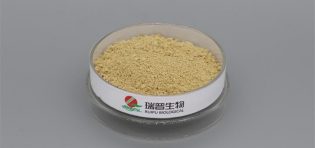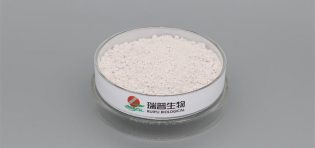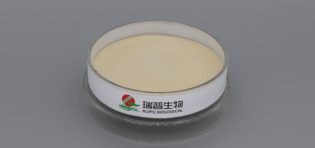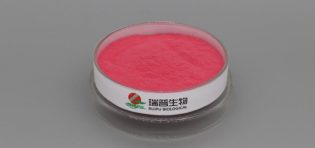
When calcium gluconate meets water, it dissolves to form a solution.Calcium gluconate is a water-soluble calcium salt, and its solubility in water allows it to readily dissolve when in contact with water.The dissolution process involves the dissociation of calcium gluconate into its constituent ions, calcium (Ca2+) and gluconate (C6H11O7-), which are then dispersed in the water.
The dissolution of calcium gluconate in water is an exothermic process, meaning it releases heat. As the solid calcium gluconate particles come into contact with water molecules, the electrostatic attraction between the calcium and gluconate ions is weakened, leading to their separation and dispersion throughout the water.This results in the formation of a clear, colorless solution of calcium gluconate.
The dissolved calcium ions (Ca2+) in the solution contribute to its calcium content, which can be beneficial in various applications.Calcium is an essential mineral required for numerous biological processes in the body, including bone health, muscle function, and nerve signaling.
The solubility of calcium gluconate may vary depending on factors such as temperature, pH, and concentration.Higher temperatures generally increase the solubility of calcium gluconate, while lower temperatures may lead to reduced solubility and potential precipitation of the compound.








